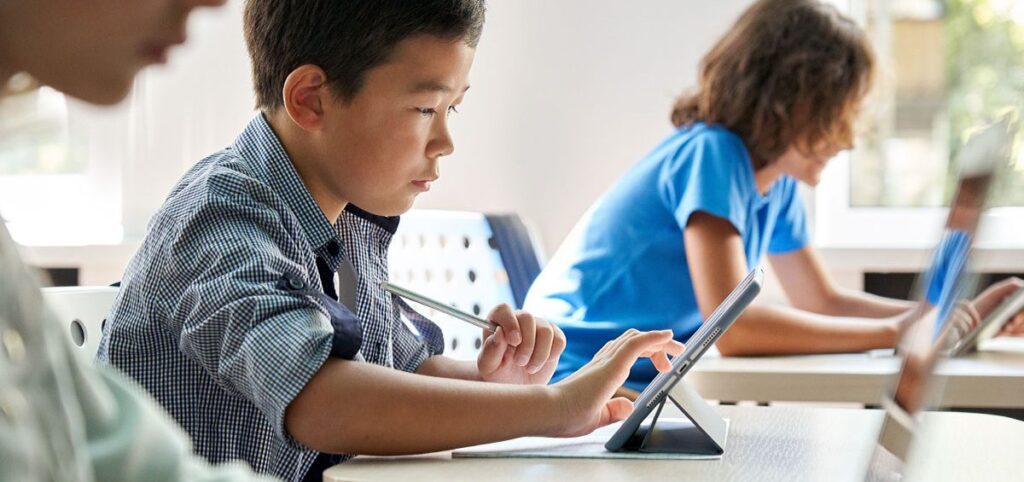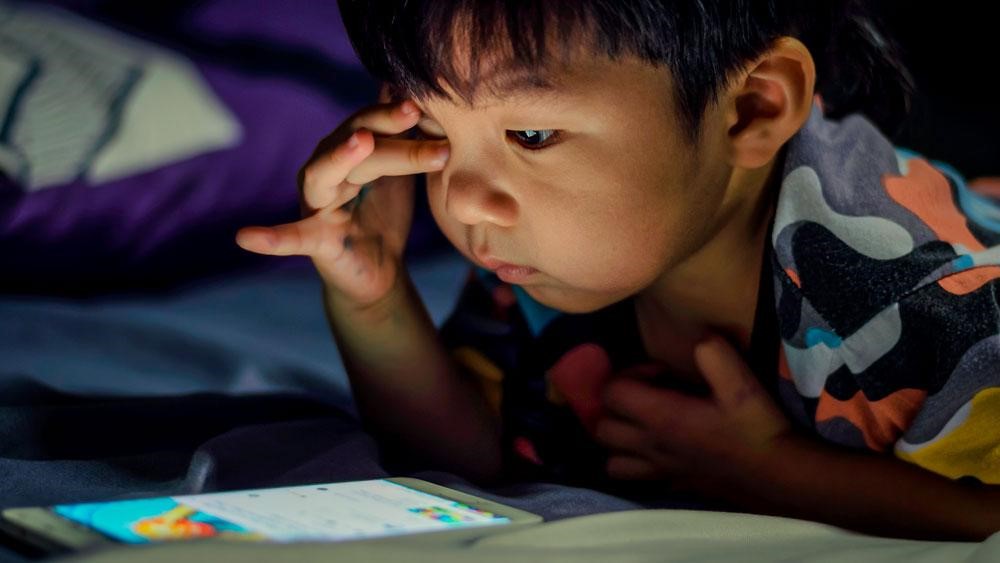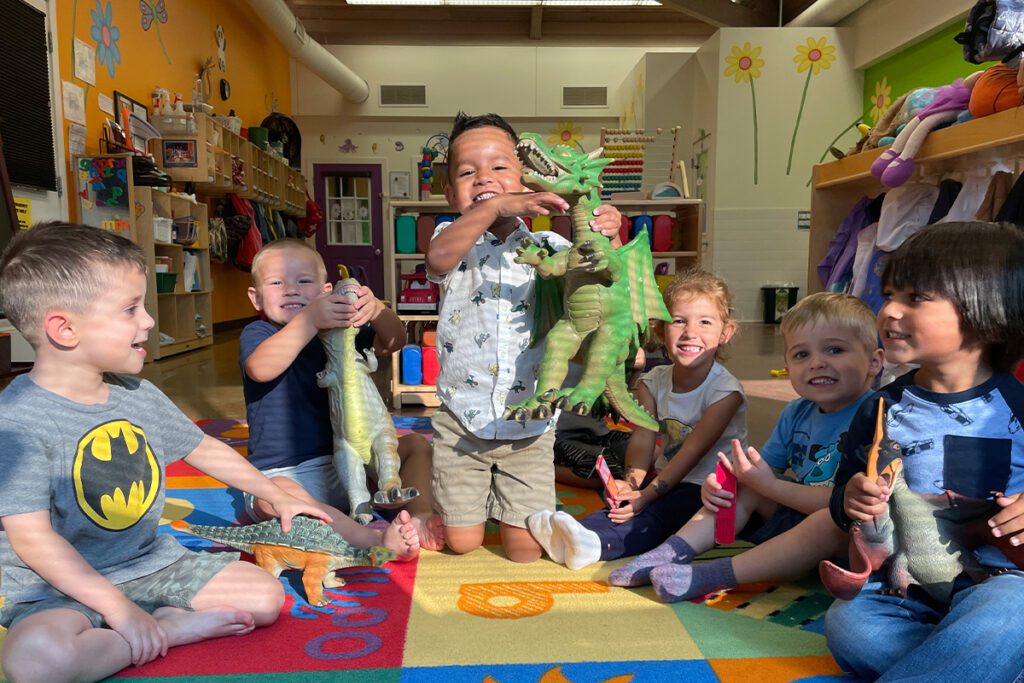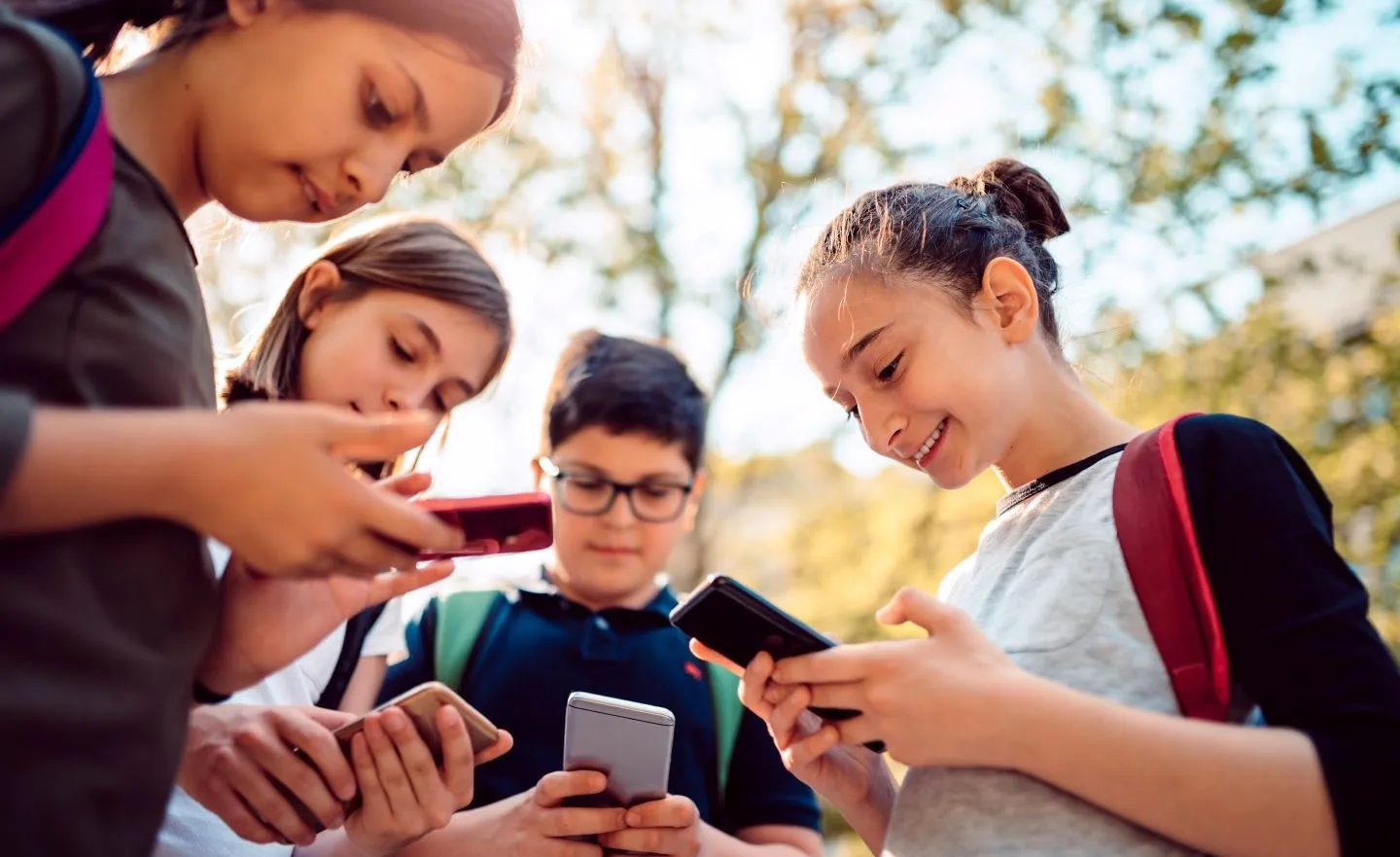In today’s rapidly evolving digital world, technology has permeated every aspect of our lives, including education. The integration of technology in family education has provided new opportunities and challenges, as families work to strike a balance between digital and real-world learning experiences for their children.
Advantages of Technology in Family Education
Technology has brought numerous benefits to family education. Digital tools and resources have made educational materials more accessible and interactive, revolutionizing the way children learn. Here are some key advantages:
1. Access to Information
Technology has made information readily available at our fingertips. With the help of search engines, online libraries, and educational websites, children can easily find information on various subjects. This empowers them to explore and learn independently, promoting a sense of curiosity and self-direction.
2. Interactive Learning
Traditional methods like textbooks and lectures are often one-directional. Technology offers interactive learning experiences through educational apps, games, and multimedia resources. These tools engage children with visual and auditory elements, enhancing their understanding and retention of information.

3. Personalized Learning
Technology allows for personalized learning experiences based on individual needs and preferences. Adaptive learning platforms and online assessments can tailor educational content to a child’s specific skill level and learning style. This customized approach fosters better engagement and academic growth.
Challenges of Technology in Family Education
While technology brings numerous advantages, it also presents certain challenges that families must navigate:
1. Screen Time and Distractions
The proliferation of screens and digital devices can lead to excessive screen time and distractions. Children may find it challenging to balance educational activities with the allure of social media, video streaming, and online games. Striking a balance between educational use and recreational screen time is essential.

2. Cybersecurity and Privacy
The digital world introduces cybersecurity and privacy concerns. Parents need to ensure that children are using secure platforms and understand the importance of privacy protection. Educating children about online safety, responsible internet use, and privacy settings is crucial in the digital age.
3. Overreliance on Technology
While technology is a powerful educational tool, it should not replace real-world learning experiences. Hands-on activities, outdoor play, and social interactions are essential for children’s holistic development. Striking the right balance between digital and real-world learning is vital to ensure a well-rounded education.
Strategies for Balancing Digital and Real-World Learning
To strike a balance between digital and real-world learning, here are some effective strategies for families:
1. Set Screen Time Limits
Establish clear guidelines and limits for screen time. Determine a reasonable amount of time for educational use, while also allowing for recreational screen time. Encourage children to engage in offline activities like reading, art, and outdoor play.
2. Engage in Joint Learning Activities
Participate in interactive learning activities together as a family. This could involve watching educational videos, playing educational games, or conducting science experiments. Joint learning experiences enhance family bonds while promoting educational growth.

3. Foster Digital Literacy and Awareness
Teach children about the responsible use of technology, emphasizing the importance of privacy, cybersecurity, and reputable sources. Promote critical thinking skills to help them navigate the digital landscape effectively.
4. Encourage Real-World Experiences
Balance digital learning with real-world experiences. Take field trips, visit museums, engage in outdoor activities, and encourage social interactions. These experiences provide hands-on learning opportunities and foster a well-rounded education.

5. Be a Positive Role Model
As parents, be mindful of your own technology use. Set a positive example by demonstrating a healthy balance between digital and real-world activities. Show enthusiasm for learning both online and offline.
Conclusion
Technology has undoubtedly transformed family education, offering new avenues for learning and growth. However, striking a balance between digital and real-world learning is crucial to ensure a well-rounded education for children. By implementing strategies like setting screen time limits, engaging in joint learning activities, fostering digital literacy, encouraging real-world experiences, and being positive role models, families can navigate the digital landscape while reaping the benefits of technology in education.








